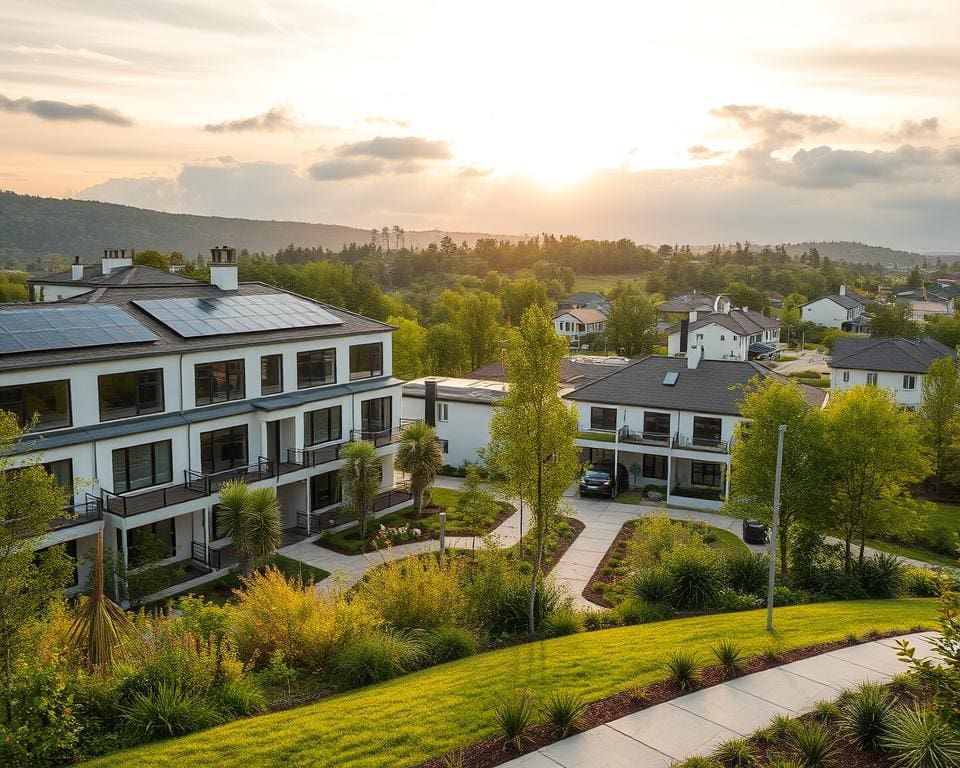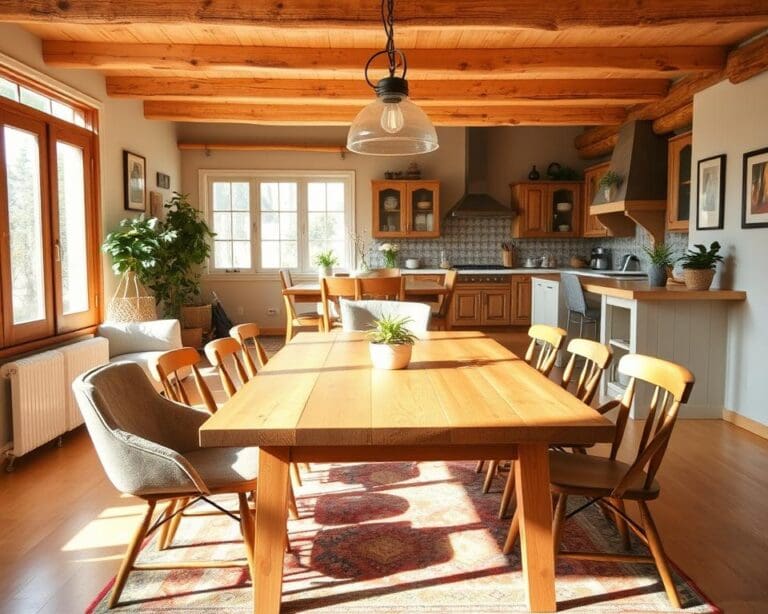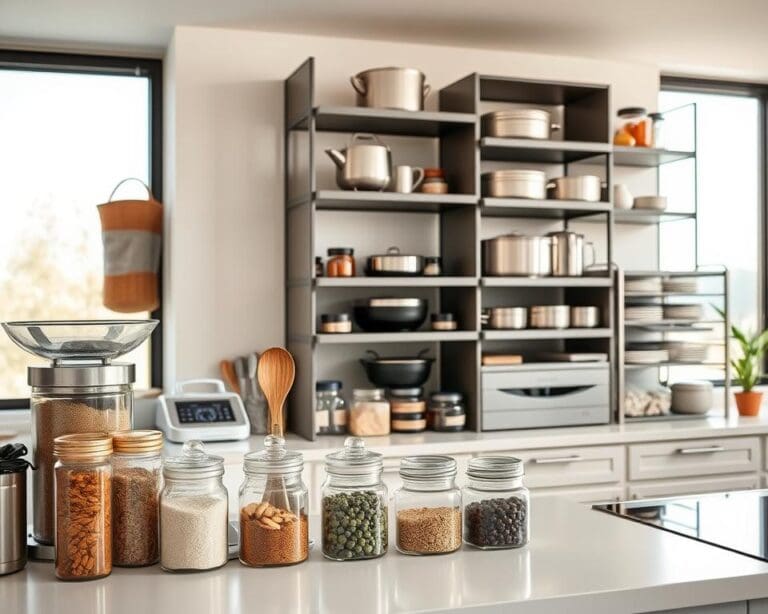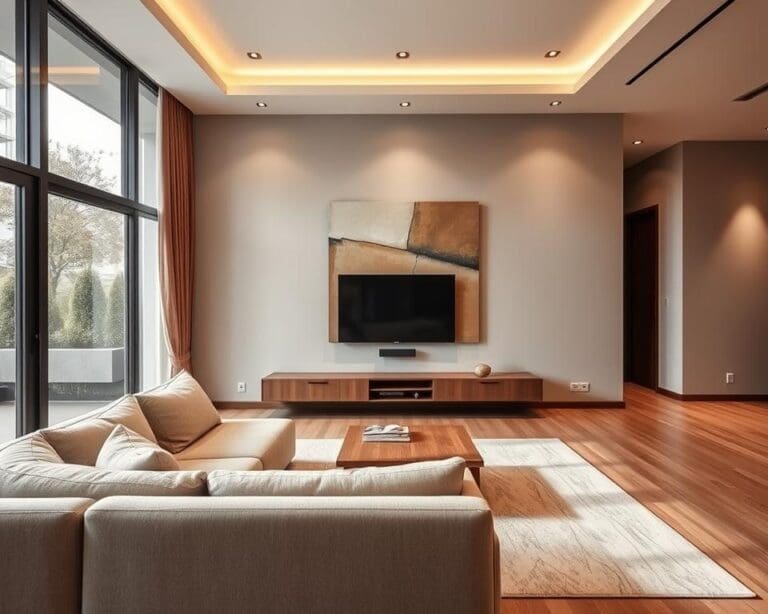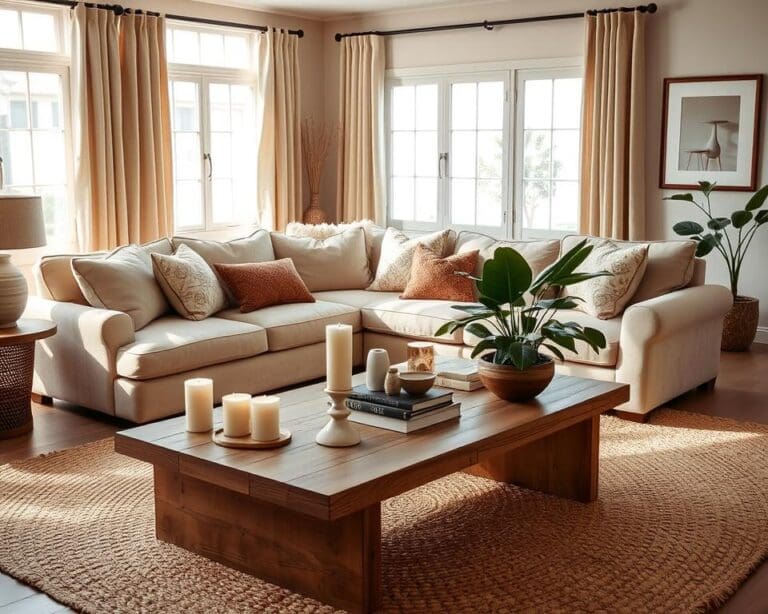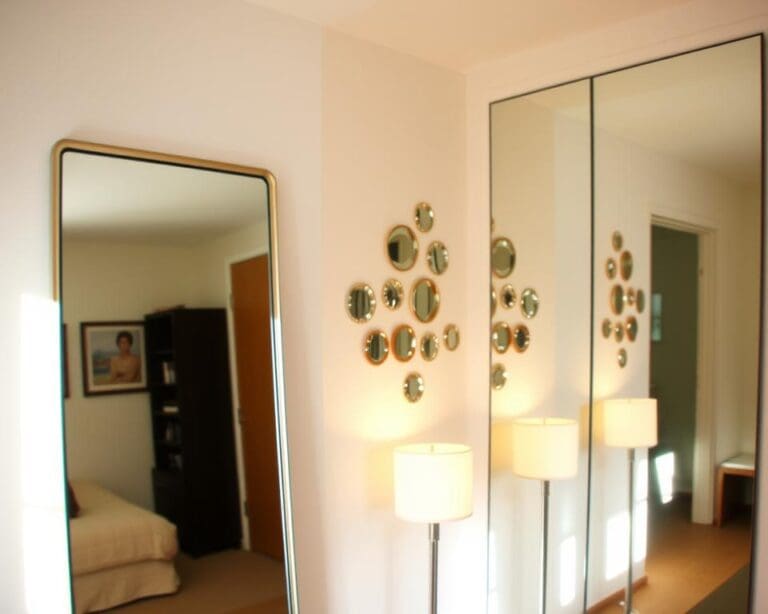As we look towards 2025, the landscape of sustainable housing is set to transform significantly. The anticipated energy-efficient new-build homes will not only adhere to evolving 2025 building standards but also embody the principles of eco-friendly construction. With a growing emphasis on reducing carbon footprints, the UK’s commitment to fostering sustainability is evident. Homebuyers are becoming increasingly discerning, prioritising energy efficiency as a key factor in their decision-making processes. Developers, too, are adapting to these trends by incorporating innovative technologies, such as advanced insulation techniques and efficient heating systems, that enhance the overall sustainability of new home designs. This commitment to greener living reflects a burgeoning industry shift towards net-zero homes, which promises to reshape the housing market.
Understanding Energy Efficiency in New-Build Homes
Energy efficiency plays a vital role in the future of new-build homes. This concept revolves around the ability to use less energy while still delivering the same services, a crucial aspect in the ongoing fight against climate change. Homeowners increasingly recognise the significance of energy ratings, which indicate how well a property performs in terms of energy usage. These ratings provide an important insight for buyers, influencing their decisions and encouraging them to choose homes that align with their values of sustainable living.
Compliance with energy performance certificates (EPCs) enhances the awareness of energy efficiency in the real estate market. These certificates detail the energy efficiency of a dwelling, helping potential buyers gauge their future utility costs and overall environmental impact. In the context of new-build homes, adhering to the latest building regulations ensures that developers meet higher thermal performance standards, further showcasing their commitment to energy efficiency.
The Energy Saving Trust highlights various strategies that households can adopt to maximise energy savings. Simple adjustments, such as utilising energy-efficient appliances and better insulation, contribute greatly to reducing carbon footprints. The drive for energy efficiency not only alleviates financial burdens on homeowners but also supports collective efforts towards a more sustainable, environmentally-friendly future.
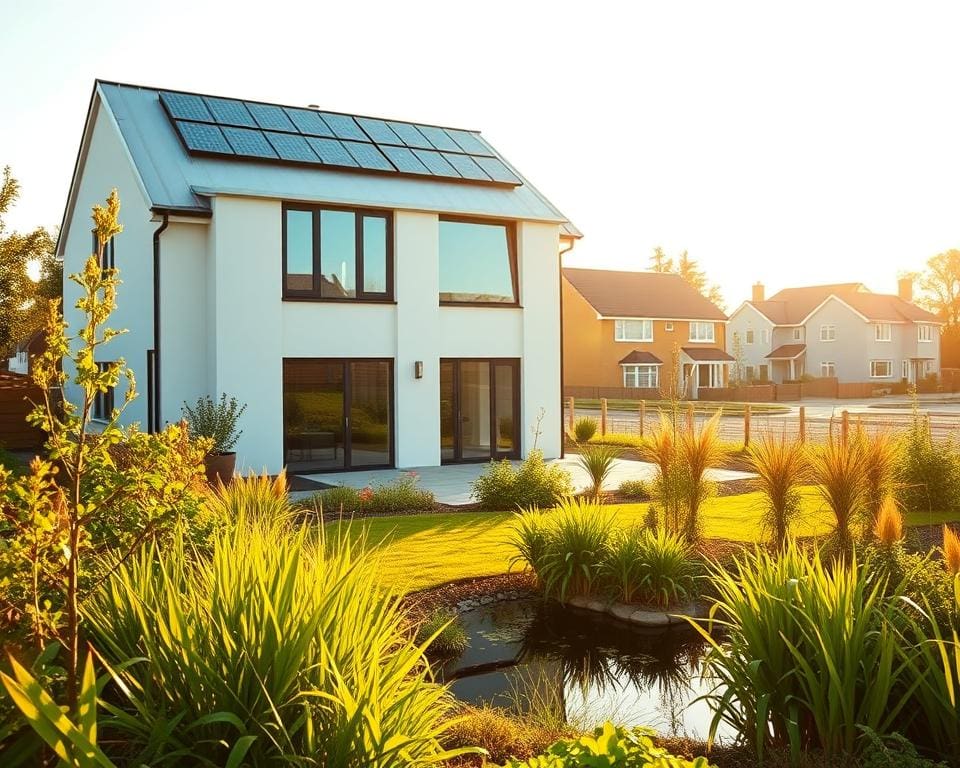
Current Standards for Building Regulations in the UK
The landscape of construction in the UK is shaped significantly by stringent UK building regulations. These regulations serve as a framework to ensure that buildings not only meet safety standards but also prioritise energy efficiency compliance. Among the various guidelines, Part L of the Building Regulations is pivotal, focusing on minimising energy consumption across various types of constructions.
As society moves toward more sustainable practices, construction standards have evolved, integrating advanced materials and technologies. These changes are aimed at reducing emissions and enhancing thermal performance in new builds. Architects and builders must keep abreast of these requirements to fulfil compliance obligations and contribute to the UK’s climate goals.
Emphasising energy-efficient design is paramount, not only for environmental preservation but also for improving the overall quality of life in homes. By utilising sustainable materials that adhere to these enhanced construction standards, developers can create buildings that are both functional and environmentally responsible. This proactive approach is essential in tackling the challenges of climate change while promoting a healthier, more efficient living space for future generations.
How Renewable Energy Sources Impact New-Build Efficiency
The integration of renewable energy sources into new-build homes represents a pivotal shift in achieving energy efficiency. With increasing awareness of the impact of climate change, builders are embracing sustainable energy solutions that not only benefit the environment but also reduce energy costs for homeowners.
Solar panels stand out as a prominent feature in many energy-efficient homes. These systems harness sunlight, converting it into electricity that can power the entire household. Homeowners who invest in solar technology enjoy significant savings on their energy bills, while also contributing to a reduction in greenhouse gas emissions.
Wind turbines and geothermal heating systems are also becoming more common in modern residential construction. By utilising the natural elements, these technologies further lower reliance on fossil fuels, creating homes that operate on clean and sustainable energy. This allows homeowners greater energy independence, a crucial element in the quest for sustainability.
Case studies reveal numerous successful projects that have effectively incorporated renewable energy. Notable organisations, such as the Renewable Energy Association, have reported a steady rise in the implementation of these technologies within residential settings. Such advancements not only support the environment but offer a promising glimpse into the future of housing.
What materials last longest in British kitchens?
Creating a kitchen that withstands the test of time involves selecting materials known for their durability and robustness. A well-chosen kitchen can not only enhance the aesthetics but also ensure longevity, making it a worthwhile investment. Knowledge of various durable kitchen materials can guide homeowners in making the best choices for their spaces.
Exploring Durable Kitchen Materials
To achieve a lasting kitchen design, focusing on high-quality materials is essential. Robust kitchen cabinet materials such as solid wood and plywood provide strength and charm to the environment. Their solid nature not only resists everyday wear and tear but also presents an option that can be refinished and maintained over years.
Long-Lasting Kitchen Surfaces: A Practical Guide
When selecting surfaces, sturdy kitchen flooring options like porcelain tiles and vinyl are excellent choices for their resilience and ease of maintenance. They withstand spills and stains whilst offering a variety of designs to complement any kitchen aesthetic. Making informed decisions about lasting kitchen design materials is crucial to ensure the space remains stylish and functional over time.
Resilient Kitchen Countertops and Their Benefits
Countertops also play a pivotal role in durability. Materials such as quartz and granite are not only visually appealing but also resistant to scratching and chipping, ensuring they retain their beauty throughout many years of use. Brands like Howdens and Wickes offer these materials, serving as reliable benchmarks for durability and performance in the kitchen.
Innovative Technologies Enhancing Energy Efficiency
The landscape of energy efficiency within new-build homes is rapidly changing due to innovative technologies. These advancements are not merely enhancements; they represent a paradigm shift towards a more sustainable future. Smart home solutions play a pivotal role in this transition, enabling homeowners to optimise energy use like never before.
Among the most significant innovations are Wi-Fi-connected thermostats and advanced energy monitoring systems. These tools allow homeowners to control their environment remotely, ensuring that heating and cooling systems function only when needed. Such control minimises energy waste while maintaining optimal comfort levels.
The rise of energy-efficient appliances, particularly those boasting the Energy Star label, complements these smart home solutions. These appliances are designed to consume less electricity and water, making them a crucial component in reducing overall household energy consumption. Leading manufacturers like Nest and Philips continue to push the boundaries of what is possible, introducing products that not only promise efficiency but deliver it seamlessly.
As technology evolves, so too does the potential for energy efficiency in new-build homes. By integrating these innovative technologies, homeowners can contribute significantly to a sustainable future, ensuring that their living spaces are both comfortable and environmentally friendly.
Future Trends in Sustainable Housing Developments
The landscape of sustainable housing developments in the UK is poised for an exciting transformation, driven by innovations that emphasise eco-friendly construction and community-centric designs. As society becomes increasingly conscious of environmental impacts, future housing trends will showcase cutting-edge approaches such as green roofs, solar panels, and the use of recycled materials. These elements not only enhance energy efficiency but also promote a healthier living environment, aligning with contemporary values of sustainability.
Moreover, a significant shift towards urban living is anticipated, where residential areas seamlessly integrate with natural surroundings. The adoption of biophilic design principles exemplifies this trend, connecting residents with nature and improving their overall well-being. Future housing developments will likely incorporate gardens, parks, and natural elements, blurring the lines between constructed spaces and the natural world, ultimately creating harmonious communities.
Insights from successful sustainable housing projects indicate a promising trajectory for the UK’s construction industry. Experts predict an increasing focus on low-carbon technologies, smart home systems, and regenerative architecture that not only meets contemporary demands but also preserves resources for future generations. This holistic approach to sustainable housing developments will set a lasting standard, fostering a resilient and eco-conscious future.

